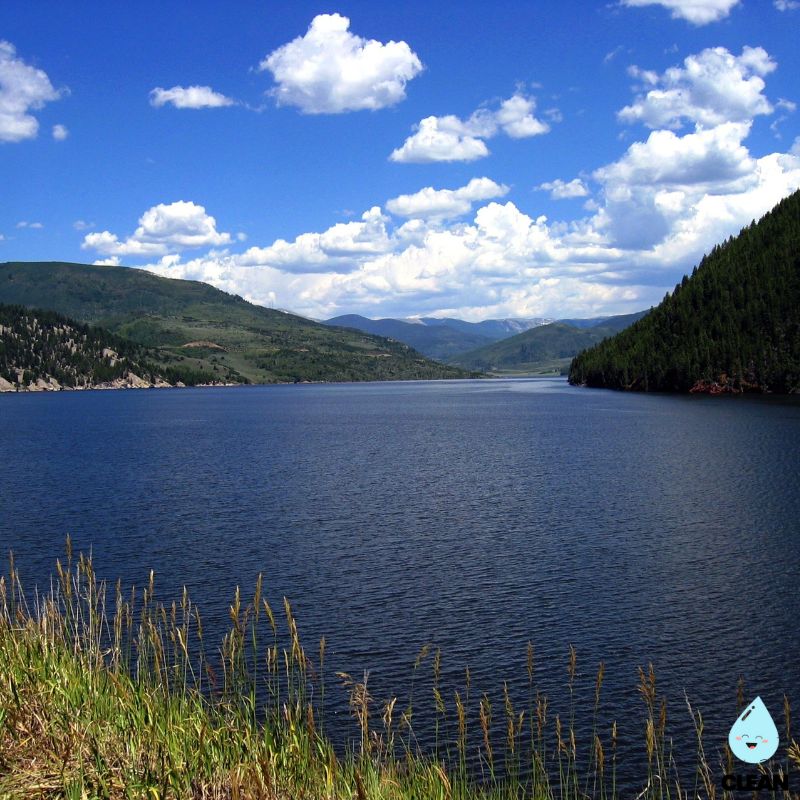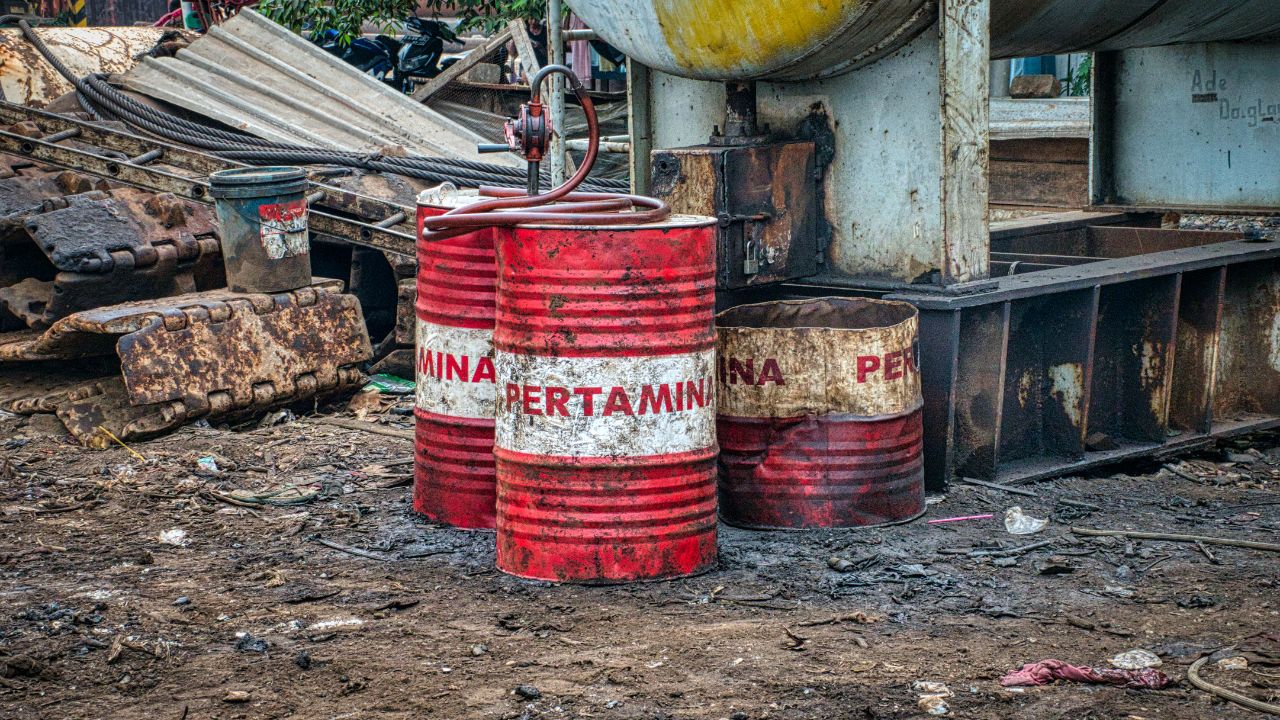Arkansas Water Quality at a Glance
emerging concerns
Is Arkansas Water Safe to Drink?
Generally Yes – Most Arkansas water systems meet federal standards and the state is actively monitoring for emerging contaminants. PFAS contamination appears limited based on initial testing, though statewide surface water testing is ongoing with $1.8 million in grant funding. Primary concerns include disinfection byproducts and chromium-6 in some systems.
⚠️ Key Concerns for Arkansas Residents
- PFAS Monitoring: State conducting first-ever statewide surface water testing with $1.8 million grant funding
- Military Bases: Elevated PFAS levels detected near military installations due to firefighting foam use
- Disinfection Byproducts: Chloroform, bromodichloromethane, and other TTHMs increasing cancer risk
- Chromium-6: Cancer-causing hexavalent chromium detected in some Arkansas water systems
Read the full report below for detailed analysis, city-specific data, and actionable recommendations for Arkansas residents.
Arkansas – The Natural State – Water Quality Report 2025: PFAS Testing, Infrastructure Concerns & Safety across your state
Arkansas’s water infrastructure serves approximately 3.0 million residents across diverse geographical regions, from the Ozark Mountains in the north to the Gulf Coastal Plain in the south. The state operates through a complex network of over 805 public water systems, ranging from large utilities like Central Arkansas Water, which serves approximately 450,000 customers across four counties, to smaller rural systems providing essential services to underserved communities. Arkansas’s water sources include the Arkansas River, White River, Mississippi River, and numerous lakes and reservoirs, along with extensive groundwater aquifers that supply both urban centers and agricultural areas.
Despite abundant water resources, Arkansas faces significant infrastructure challenges. According to recent assessments, Arkansas’s drinking water infrastructure needs substantial investment over the next 20 years. The state has received substantial federal infrastructure investments from the Biden-Harris Administration’s Bipartisan Infrastructure Law, including $241.4 million in total water infrastructure funding through 2024, with $53.1 million specifically for water system upgrades and emerging contaminant treatment. Arkansas’s commitment to water quality improvement is demonstrated through partnerships between the Arkansas Department of Health (ADH), local utilities, and federal agencies working to ensure safe, reliable water access for all residents while addressing the unique challenges of a state with significant rural and agricultural water demands.

Arkansas Water Quality: Current Status (2024-2025)
Statewide Compliance and Testing
- Overall Compliance: Arkansas has one of the best records in the nation for complying with Safe Drinking Water Act requirements, with over 99% of the state’s 805 public water systems meeting federal standards and monitoring requirements.
- PFAS Monitoring: Arkansas is actively participating in EPA’s Unregulated Contaminant Monitoring Rule 5 (UCMR-5), with water systems collecting and testing samples for PFAS and other emerging contaminants through 2025, with data reporting completed by 2026.
- Infrastructure Investment: The state has received over $241.4 million in federal funding through the Bipartisan Infrastructure Law for water infrastructure improvements, including $53.1 million specifically allocated in 2024 for drinking water and wastewater upgrades.
Major Water Sources and Challenges
- Arkansas River System: Serves central Arkansas including Little Rock area through Central Arkansas Water, which provides drinking water to approximately 450,000 residents across Pulaski, Lonoke, Saline, and Grant counties.
- Groundwater Dependence: Approximately 690 of Arkansas’s 805 community water systems rely exclusively on groundwater, serving over 870,000 residents with more than 1,190 individual groundwater wells used for public drinking water supply.
- Rural Water Systems: Over 700 small and rural utilities face unique challenges with aging infrastructure, limited technical capacity, and higher per-capita costs for compliance with emerging regulations.
Emerging Contaminant Response
- PFAS Regulation Implementation: New EPA drinking water standards for PFOA and PFOS (4 parts per trillion) take effect in 2029, requiring initial monitoring by 2027 and compliance monitoring thereafter for affected water systems.
- Military Base Contamination: Little Rock Air Force Base and Eaker Air Force Base have documented PFAS contamination issues, primarily from historical firefighting foam use, requiring ongoing monitoring and remediation efforts.
- Laboratory Capabilities: The Arkansas Department of Health Public Health Laboratory is developing enhanced analytical capabilities for cyanotoxins and PFAS to support comprehensive testing requirements.
Rural and Disadvantaged Communities
- Infrastructure Disparities: Rural water systems face disproportionate challenges with aging infrastructure, limited technical capacity, and higher per-capita costs for compliance with new regulations.
- Federal Support Programs: Nearly half of federal infrastructure funding is available as grants or principal forgiveness loans to ensure funds reach underserved communities most in need of water infrastructure investments.
- Technical Assistance Networks: Arkansas Rural Water Association provides training and technical assistance to over 700 small and rural utilities, offering resources for compliance, legal challenges, and operational support.
Looking Forward: 2025-2030
Arkansas’s water quality landscape is positioned for significant improvement as utilities prepare for new federal PFAS regulations and leverage unprecedented infrastructure investments. The state’s strong compliance record and proactive approach to emerging contaminants, combined with substantial federal funding, positions Arkansas well to address future challenges. However, success will require continued collaboration between state regulators, water utilities, and communities to ensure that all Arkansans, particularly those in rural areas, have access to safe, affordable drinking water while managing the transition to more stringent environmental standards and addressing contamination from military and industrial sources.
Recommendations for Arkansas Residents

Know Your Water Source
Contact your water utility to request annual water quality reports and ask about PFAS testing results. The Arkansas Department of Health website provides access to Consumer Confidence Reports for all public water systems in the state.

Support Infrastructure Investment
Stay informed about local water infrastructure needs and support utility rate structures that enable necessary improvements. Attend public meetings when utilities discuss infrastructure upgrades and PFAS treatment investments.

Consider PFAS-Certified Filtration
For areas with potential PFAS exposure, particularly near military installations, consider NSF-certified activated carbon or reverse osmosis filters specifically tested for PFAS removal.

Report Water Quality Concerns
Contact your local water utility immediately for taste, odor, or color concerns. Report suspected contamination to the Arkansas Department of Health Engineering Division for investigation and follow-up.

Practice Water Conservation
Support Arkansas’s water sustainability by implementing conservation measures like efficient irrigation, rainwater harvesting, and low-flow fixtures. Reducing demand helps utilities maintain system reliability and affordability.
Arkansas Cities We Cover
Little Rock Water Quality
Comprehensive analysis of Central Arkansas Water, serving approximately 450,000 customers across four counties including Little Rock. Includes information on water sources, treatment processes, infrastructure modernization, and emerging contaminant monitoring.
Frequently Asked Questions
Is Arkansas’s tap water safe to drink?
Arkansas has one of the best compliance records in the nation for meeting Safe Drinking Water Act requirements, with over 99% of public water systems meeting federal standards.
The Arkansas Department of Health tests all 805 community water systems regularly for up to 163 different contaminants including pesticides, synthetic organic chemicals, volatile organic chemicals, inorganic chemicals, bacteria, radioactive elements, lead, and copper. Most Arkansas tap water is safe to drink, though residents near military installations should be aware of potential PFAS contamination and consider additional filtration if concerned.
What are PFAS chemicals and why are they a concern in Arkansas?
PFAS (per- and polyfluoroalkyl substances) are synthetic “forever chemicals” that don’t break down naturally in the environment or human body.
Arkansas has documented PFAS contamination at military installations, particularly Little Rock Air Force Base and Eaker Air Force Base, primarily from historical firefighting foam use. These chemicals have been linked to cancer, liver damage, immune system effects, and other health concerns. The EPA’s new drinking water standards limit PFOA and PFOS to 4 parts per trillion, requiring water systems to comply by 2029. Arkansas is participating in comprehensive PFAS monitoring under federal requirements.
How can I find out about my local water quality?
Arkansas residents can access comprehensive water quality information through several resources:
• Annual Water Quality Reports: Contact your water utility directly for their Consumer Confidence Report, which details all testing results and any violations or concerns
• Arkansas Department of Health: Visit the ADH website to access testing results and compliance information for your local water system
• PFAS Testing Data: Arkansas water systems are participating in EPA’s UCMR-5 monitoring program, with results to be publicly available through 2026
• Rural Water Association: Arkansas Rural Water Association provides resources and support for over 700 small and rural utilities across the state
Why does Arkansas have water infrastructure challenges?
Arkansas’s water infrastructure faces several interconnected challenges:
Rural Challenges: Over 700 small and rural water systems face higher per-capita costs and limited technical capacity to implement complex treatment technologies
Funding Needs: Arkansas needs substantial investment in drinking water infrastructure over the next 20 years to address aging systems and emerging contaminants
Groundwater Dependence: With 690 of 805 community systems relying exclusively on groundwater, the state faces unique challenges in protecting and managing aquifer resources
Emerging Contaminants: New PFAS regulations and monitoring requirements create additional technical and financial burdens, particularly for smaller systems
The state is addressing these challenges through federal infrastructure investments, strong regulatory oversight by the Arkansas Department of Health, and technical assistance programs for rural utilities.
Quality News About Your Water
Get the comprehensive water quality news coverage you need with our dedicated US Water News Service. From coast to coast, we deliver in-depth reporting and expert analysis on PFAS contamination, EPA regulatory changes, infrastructure developments, and emerging water safety issues affecting communities nationwide. While mainstream media only covers the biggest stories, we provide the detailed, ongoing coverage that helps you understand the full scope of America’s water challenges. Whether you’re a concerned citizen, water professional, or community leader, our daily updates and analytical insights keep you informed about the issues that matter most to public health and environmental safety.
Contaminants of Concern

PFAS “Forever Chemicals”
Source: Military firefighting foam use at Little Rock Air Force Base and Eaker Air Force Base, industrial activities, and consumer products including non-stick cookware and stain-resistant textiles
Health Effects: Linked to kidney and testicular cancer, liver damage, immune system suppression, high cholesterol, and developmental effects in children
Current Status: Arkansas water systems are participating in EPA’s UCMR-5 monitoring program through 2025, with results informing future regulatory decisions EPA Limits: 4 ppt for PFOA and PFOS individually, with hazard index for other PFAS compounds

Agricultural and Industrial Contaminants
Source: Agricultural runoff from farming operations, pesticide and fertilizer use, animal feedlots, and historical industrial activities throughout Arkansas’s diverse agricultural regions
Health Effects: Varies by contaminant but may include gastrointestinal effects, nitrate poisoning in infants, and potential long-term health impacts from chronic exposure to pesticide residues
Current Status: Arkansas’s extensive agricultural activity requires ongoing monitoring for nitrates, pesticides, and other agricultural chemicals. The state’s 10 major contamination sources include animal feedlots, fertilizers, pesticides, and septic systems Regulatory Response: Arkansas Department of Health oversight and comprehensive testing programs under Safe Drinking Water Act requirements
Please read – our information
The information presented on cleanairandwater.net is compiled from official water quality reports, trusted news sources, government websites, and public health resources. While we strive for accuracy and thoroughness in our presentations, we are not scientists, engineers, or qualified water quality professionals.
Our mission is to present water quality information in an accessible, real-world format that helps people understand what’s in their water and make informed decisions about their health and safety. We believe that complex environmental information should be available to everyone in a format that’s easy to understand.
We make every effort to ensure our content is current and accurate, but we cannot guarantee that all information is complete or error-free. This website should not replace official communications from your local water utility or health department. We always recommend consulting official sources for the most up-to-date information regarding your specific water system.
Clean Air and Water is not liable for any unintentional errors, omissions, or outdated information. The content on this site is provided for informational purposes only and should not be considered professional advice.


